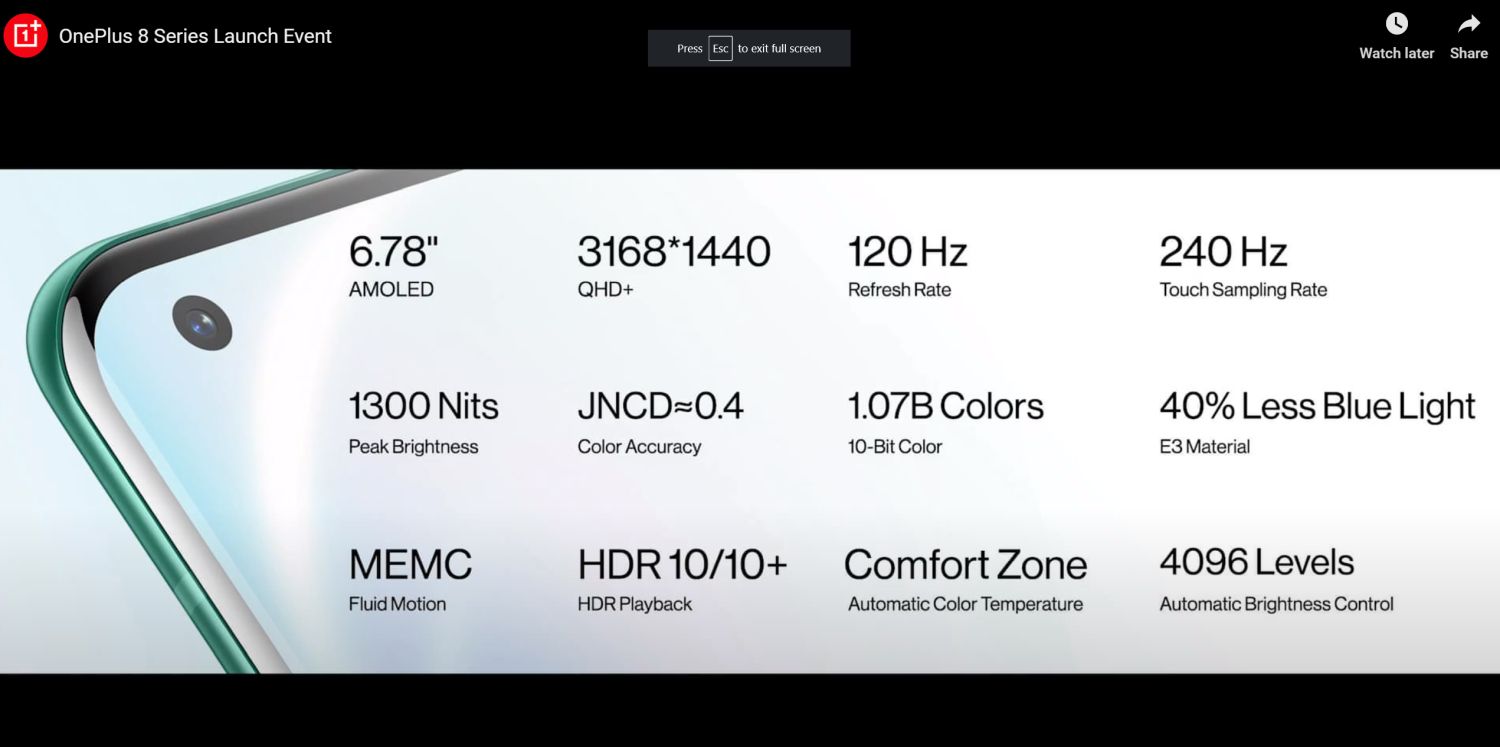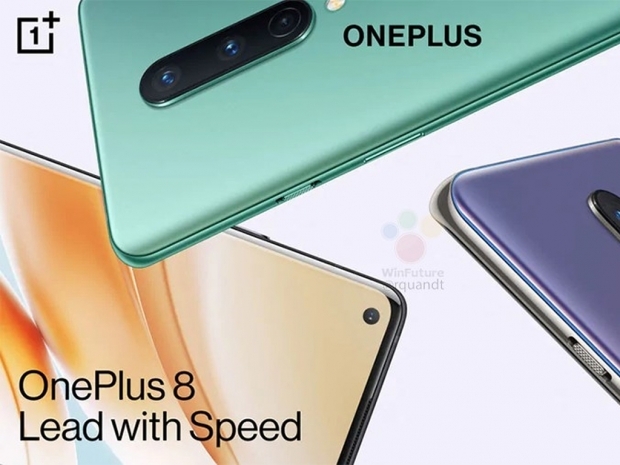Earlier this month, we spoke with Todd DeBonis, President and CEO of Pixelworks and Peter Carson, Vice President of Global Marketing. They helped us understand fine-tuned details about the importance of the display subsystem. Camera and display now take close to 30 percent of the Bills of Material for the latest iPhone 11 Pro Max.
Display and camera BOM (Bill of Materials) increased from $72 with Galaxy S7 to current $175 with the Samsung Galaxy S20. Overall, BOM from S7 to S20 increased 117 percent, and the display and camera BOM increased by an astonishing 142 percent. Video on the mobile phone is set to increase from 23 percent in 2017 to 50 percent of all consumption by 2022, and 5G will certainly help that.
It looks like that display is the next battlefield after everyone rushed to perfect their cameras.
There will be a lot of details about how 120Hz is not equal to 120Hz, and that not all checkbox solutions are the same. Displays are traditionally not easy to test, but the steps taken by OnePlus, Oppo, Black Shark, Nokia, and TCL are steps in the right direction.
OnePlus 8 Pro 120 Hz
OnePlus today announced that the new OnePlus 8 Pro flagship smartphone incorporates the fifth generation Pixelworks visual processor with, what it claims are, unique, industry-leading features, including MotionEngine technology with Dual MIPI processing, Always HDR Experience (SDR to HDR conversion) and Tone Adaptive Display. Both phones, the new flagship series phones – OnePlus 8 and OnePlus 8 Pro – also incorporate Pixelworks visual processing software running on the Qualcomm Snapdragon 865 Mobile Platform with Pixelworks industry-leading color accuracy, flesh tone reproduction, flicker-free screen dimming, and ultra-smooth adaptive brightness.
OnePlus 8 series
As you could see from the OnePlus 8 streaming events, both phones come with the Qualcomm Snapdragon 865 5G Mobile Platform and have top-of-the-line flagship specifications.
The OnePlus 8 Pro features a dynamic 120 Hz AMOLED display at 6.78”, 19.8:9 aspect ratio, QHD+ resolution (1440 x 3168 pixels), yielding a pixel density of 513 ppi and up to 1300 nits of peak brightness, supporting an infinite contrast ratio.
The OnePlus 8 Pro Fluid Display is the industry’s first 120Hz with the patented MotionEngine solution with Dual MIPI from Pixelworks, optimized for high refresh rate displays to ensure superior visual quality across the widest range of video use cases, including those with graphics, text or a GUI (graphical user interface).
“We designed our flagship OnePlus 8 series smartphones to have the best display you will lay your eyes on in 2020. The OnePlus 8 Pro Fluid Display is a standout among 120 Hz smartphones, with some of the industry’s most advanced visual processing technologies from Pixelworks to make your 5G enabled entertainment truly unforgettable”, said Pete Lau, Founder and CEO of OnePlus. “We are pleased to partner with Pixelworks in this ongoing collaboration to push the boundaries of the smartphone visual experience for consumers.”
“We are excited to team with OnePlus to enable cinematic big screen technology in the OnePlus 8 series with our most advanced technologies that harness our 22 years of video and display innovation”, said Todd DeBonis, President and CEO of Pixelworks. “As an industry leader, OnePlus continues to redefine the market with a compelling technology vision aimed at exceeding expectations for flagship phones, and Pixelworks technology helps them take that vision to the next level. We look forward to continuing to advance the quality of 5G video, gaming and entertainment in future OnePlus models.”
DisplayMate, one of the leading experts in testing display quality, concluded that the new OnePlus 8 series 120 Hz Fluid Display shattered 13 industry records for visual quality, taking mobile entertainment to a whole new level with the most advanced suite of technologies from Pixelworks.
The following Pixelworks features are only available in the OnePlus 8 Pro smartphone:
- Dual MotionEngine® Technology – Not all 120 Hz screens are created equal. The OnePlus 8 Pro leverages patented Pixelworks MotionEngine technology with Dual MIPI (Mobile Industry Processor Interface) support. This improves overall visual quality while preserving the intended motion appearance for movies, live TV, sports, shared video and other dynamic multimedia content.
- Always HDR Experience – Not all HDR-capable mobile displays are created equal, either. Today, an estimated 98% of available global video and gaming content is in SDR format1. The OnePlus 8 Pro leverages Always-HDR technology to upconvert all content for a cinematic experience that is visibly superior to the original SDR content.
- Tone Adaptive Display - Pixelworks adaptive display technology in the OnePlus 8 Pro utilizes the phone’s RGB sensor to automatically adapt the color tone of the display to match the color temperature of the ambient light and reduce blue light. This provides superior eye comfort for sustained gaming, movie watching, or reading in a wide range of lighting conditions.
The following Pixelworks features are included in the OnePlus 8, and OnePlus 8 Pro smartphones:
• Absolute Color Accuracy – Every OnePlus 8 series smartphone is factory tuned with Pixelworks’ patented, high-efficiency calibration software and runs Pixelworks color management software on the display processing unit of the Snapdragon 865 to optimize power while delivering a smartphone industry-record color accuracy for all apps and content spanning the sRGB and DCI-P3 color gamuts.
- True Flesh Tones – A calibrated flesh tone solution ensures accuracy across all display modes to convey true-to-life skin tones for all content involving real people, whether photos, video captured on the phone or popular movies.
- Brightness Smoothing – Finely tuned, automatic luminance control enables ultra-smooth display brightness transitions and mitigates screen flashing as ambient lighting changes, particularly in dimly lit viewing environments.
- DC Dimming 2.0 solves a key eye strain and visual sensitivity issue that can occur at low brightness on AMOLED screens. To dim the screen, the Pixelworks solution dynamically adjusts the display’s current to mitigate the screen flickering associated with conventional




